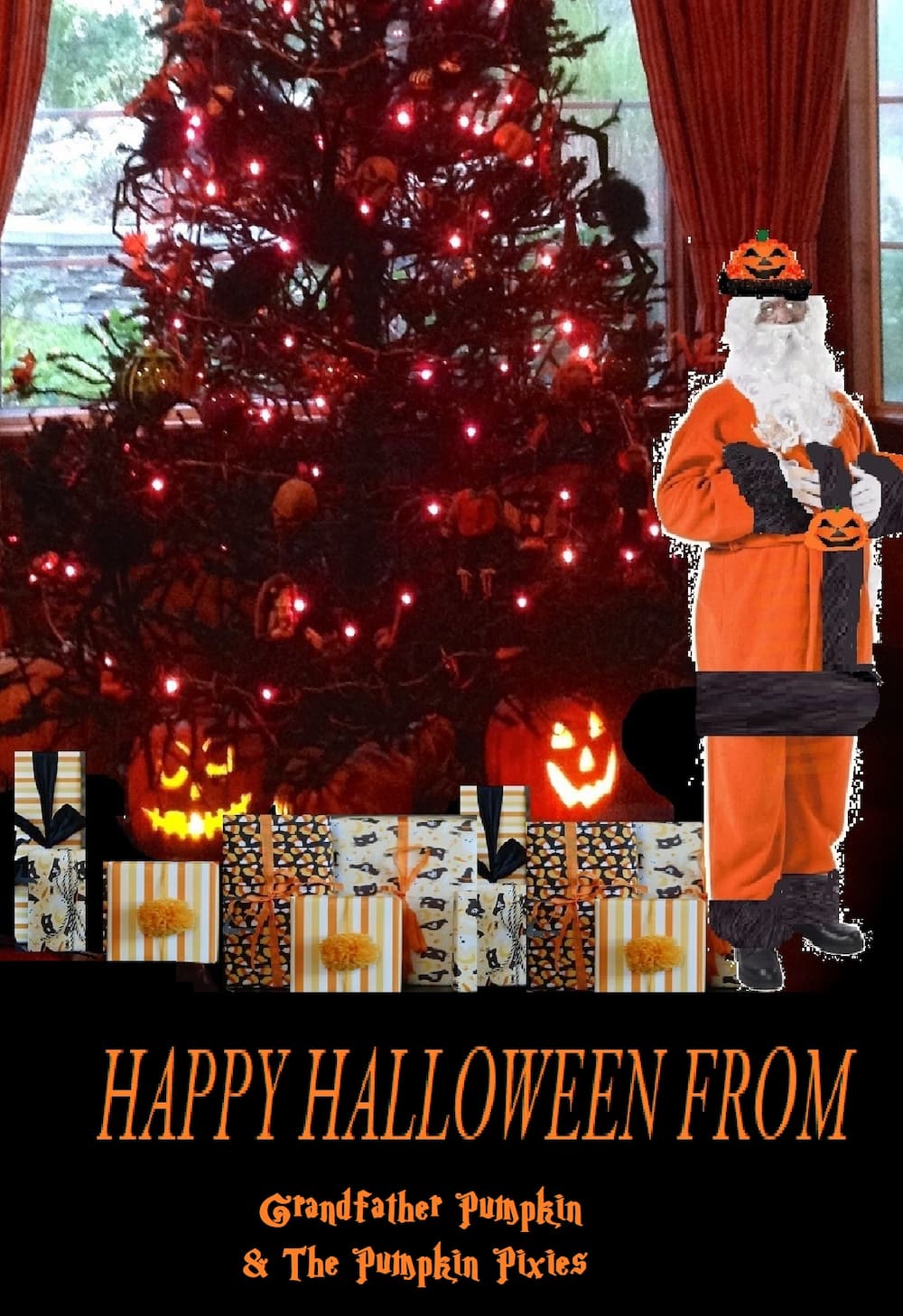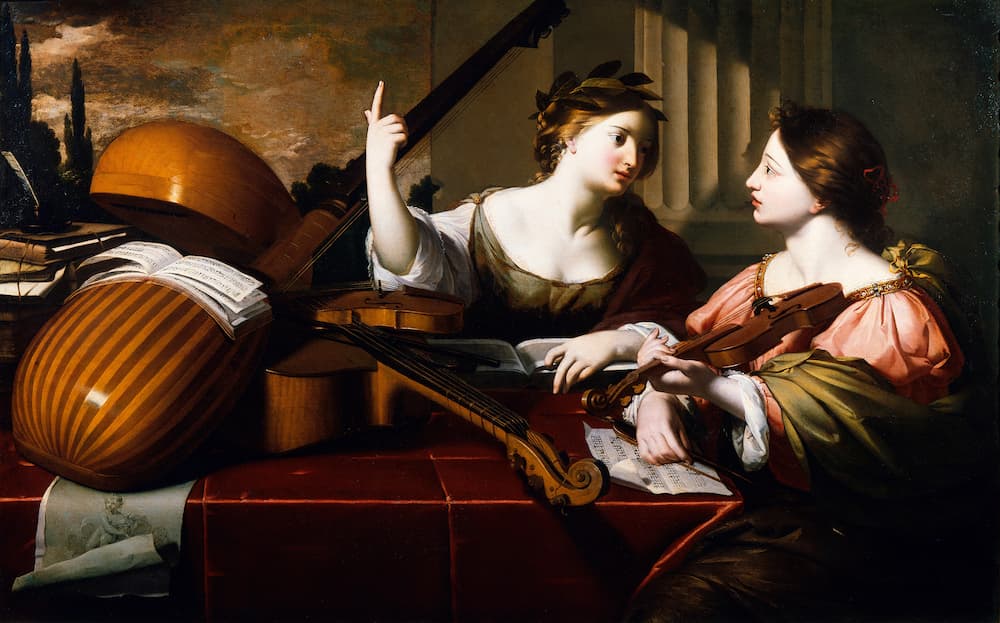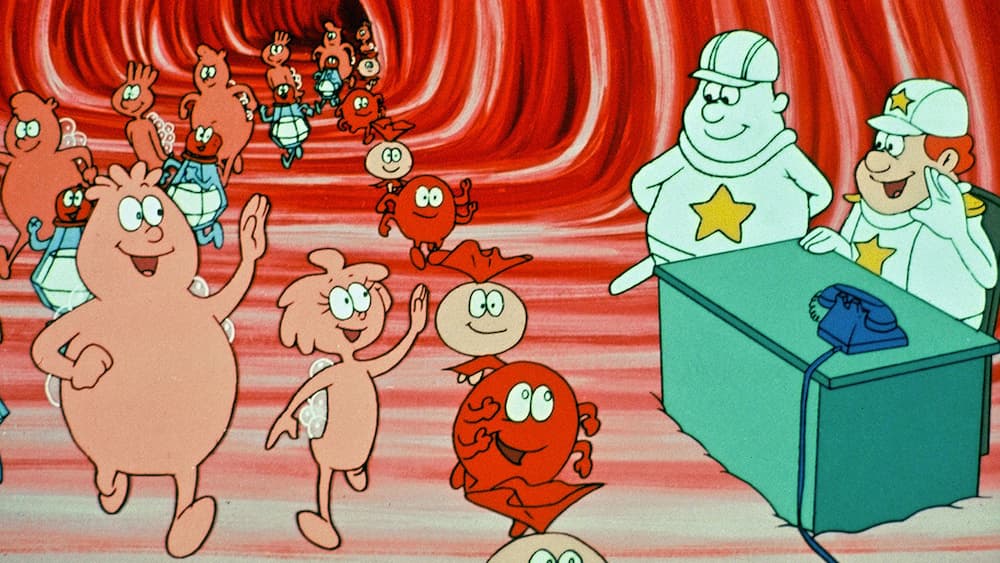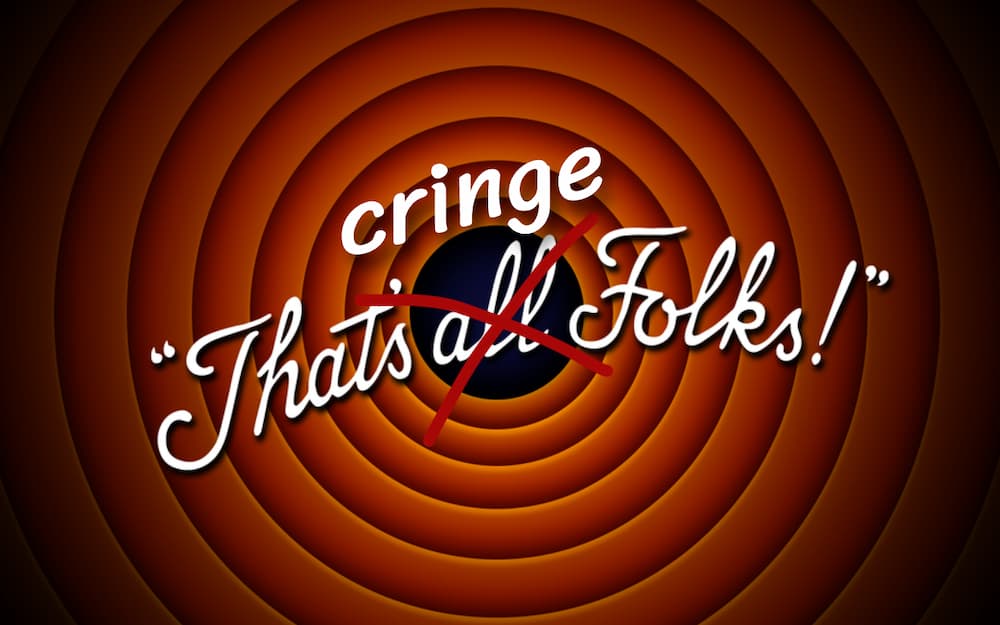Ok. First of all, I should apologize with anyone subscribed to this newsletter because I didn’t publish anything for almost nine months. No, I did not have any child, but I’ve been through quite harsh times. I think it’s time to start again publishing some articles. Maybe –but just maybe– in the next few weeks I’ll have some spare time, so, as Rage Against the Machine once said: “What better time than now?”
Dead Man’s Party #
I am currently reading Myths and Legends of the Celtic Race by T. W. Rolleston, which is interesting but quite slow… however, I already found a few passages useful to better understand some of the Irish and English customs. By the way, you can find the whole transcription of the text here, for free.

The shadow says it all.
In this tome you can find many references to the Hallowe’en celebrations, that were extremely important for many populations across Europe. For the Celts, it was the beginning of the year. In the Island of Man, one of the places where Celtic traditions and language held longer, in the Julian calendar, November 1st was New Year’s day until a few centuries ago.
Hallowe’en night is also the transition from autumn to winter, the night when the souls of the departed come back to their old homes to comfort themselves with the warmth of the fireplace. Perhaps it was natural to imagine poor, shivering ghosts out there in the fields, wishing for some comfort. It was instinctive then, for humans, to greet them and celebrate them. We cannot be sure, but probably Hallowe’en night, for Celts, was more important than Beltane, which was the beginning of the summer, on May 1st.

This is what we have reduced Hallowe’en to. 🙈
Music When The Lights Go Out #
Another very interesting concept in Celtic myths is music. According to the legend, it was brought to Ireland by the Danaan race, which were beings “coming from the sky”, described as gods. All of their characters were associated to fertility and prosperity, but in a pre-Christian era they were probably linked to science and music. This is the intriguing part: music, science, and poetry were all deeply connected.1 From the book cited before:
Some of the most beautiful of the antique Irish folk-melodies, –e.g. the Coulin– are traditionally supposed to have been overheard by mortal harpers at the revels of the Fairy Folk.
The Folk here is the same I already mentioned, thus the Little People or Hidden People. They’re the same Danaans, who went to exile in a concealed world parallel of ours because of the war with the Milesians. Since then, they usually avoid contact with humans, but they are still part of modern folklore as fairies.
This is a very poetic story of the origin of the music, which is seen as a form of art given to us from the gods, as a gift. Then we made those gods run away from our world, but that’s another story.

'Divine Inspiration of Music' by Nicolas Régnier (circa 1860). Is that a Danaan goddess? 🕵️🧚
Sabbra Cadabra #
Fun fact: fairies indeed do love music, but they hate metal. No, not the genre. More precisely, they hate iron: they hate it so much it can hurt them. In fact, it is said they can’t withstand music coming from a Jew’s harp. How… ironic. 🥁

Many people agree on this: metal hurts. But they also like it because of that. 🤷
Ok, seriously: why should a metal hurt an immortal being who can die only of violent death? There are various hypotheses. Maybe the first person who gave us a written answer of something similar has been Pliny the Elder in his Naturalis Historia, the first encyclopedia of the world. Unfortunately, it is the only of his books that survived to this day. In there, he explained that iron nails in tombs can repel nocturnal spirits. Iron also has fascinating properties as magnetism that could make it look supernatural. Also, blood tastes like iron, another reason to make it special (I guess…?).
Or maybe, a less intriguing answer could be… the Celts themselves: it is widely known that they were very brutal warriors with ferocious rituals (yes, I refer to human sacrifices). They are also notorious for their bronze and iron weaponry on which we can still admire their art.
The British Isles, before their coming, were populated by some civilization that has left almost no trace. We don’t know much about those ancestors, but probably they’ve been overwhelmed by Celtic armies. Their legacy may have survived in some legends and it may have been integrated in other myths… where Celts are treated as iron. Hence, iron as fairies’ weak point could be a reference to the Celtic military power, distinguished by that metal.
One last note about this: we already said that mistletoe is considered a symbol of the soul, but guess with what tools it should not be never picked up? With iron tools.
Blood Sugar Sex Magik #
Earlier, I mentioned blood. Personally, I cannot even imagine how it could have been seen thousands of years ago, out of a medical context. There are lots of interesting stories about this red fuel that keeps us alive, and some of them are… surprising!

I don’t know about you, but THIS is what I think when talking about blood.
Contagious Magic, according to WordReference, is:
[…] based on the belief that things once in contact are in some way permanently so, however separated physically they may subsequently become.
The same is for blood. If one is hurt, for example, by a knife, the blade must be cleaned because the blood on it behaves as the one still in the person’s body. Also, the bandages should always be burned in order to avoid that an enemy reaches them, potentially causing great harm to the already injured person. Natives of South-Eastern Australia even believe that they can lame a man by placing sharp pieces of glass, bone, or charcoal in his footprints.
As already wrote in this blog, men have always been terrified by menstrual blood. In many parts of the ancient world, when a girl reached puberty, she had to be confined in a remote location for months as a rite of passage. During that time, all the pottery she touched had to be destroyed, and only a very few people (other women) could see her. Women who just gave birth were taken even more seriously: they had to be secluded for at least three months and, in the unfortunate case of an abortion kept secret to others, there would be tragedies in all the world. No pressure!
As mentioned earlier, blood absolutely had not to fall in the enemy’s hands. But sometimes it was also considered sacred because it was thought to hold a person’s soul. So what to do in case of bleeding? Well, the Betsileo of Madagascar had a class of men called ramanga who had the duty to lick all the spilt blood of the nobles. Yuck. And to eat all their nail-parings. Double-yuck. Maybe it’s enough for today.

-
Interestingly, also sorcery was seen on the same level as music, poetry and science! 🧙♂️🎶🧑🔬🧑🎨 ↩︎